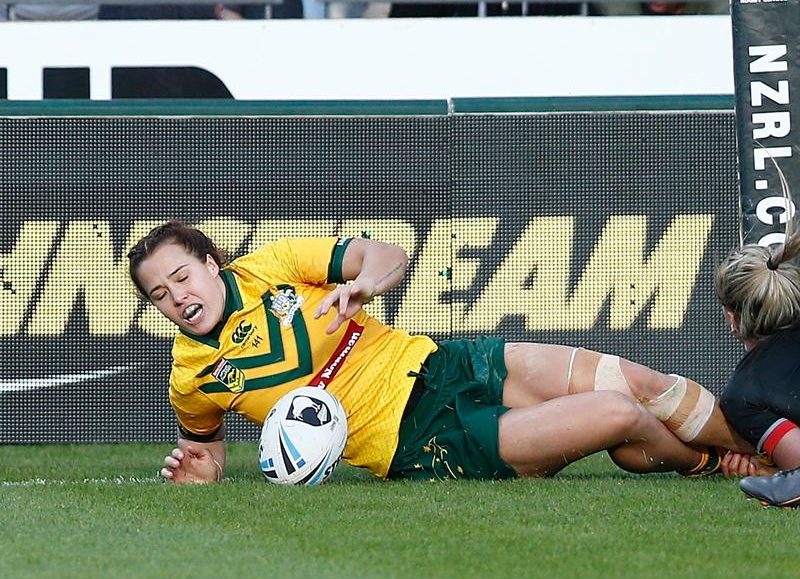
Jillaroos coach Brad Donald only needs to look back to the last time Australia played Nines to see how fast women’s rugby league has moved.
From 2-1/2 years ago to now, just four players from the Jillaroos’ Nines squad that beat the Kiwi Ferns in February 2017 are involved in this weekend’s tournament in Sydney.
“Pretty much all we had on the agenda back then was the Auckland Nines and a mid-year Test,” Donald said.
“We were at the back end of careers. Now we’ve got a generation of players coming through who have played rugby league from a young age.
“They’re going to have played for as many years as the guys once they hit the NRLW systems.”
A rookie women’s coach back in 2017, Donald has seen the women’s game grow tremendously in recent years.
His team at Parramatta’s Bankwest Stadium will receive the same pay as the men, a boost as Donald reminds his players their predecessors had to pay to play.
But he’s also aware his current squad has done a lot to change the women’s game too.
He still recalls his first big squad meeting in charge, where he asked a group of 35 of the game’s best players who of them were involved in strength and conditioning programs.
Only six put their hand up.
“From that point we said if we want to make this game more semi-professional, more professional, it’s going to take a lot of commitment,” he said.
“The players that are still around today have worked really hard. It’s been a long road for some of them but they have worked really hard.”
Donald said his involvement had certainly proved worthwhile.
“You signed up to be a rugby league coach with the Jillaroos, but very quickly you learned you were helping facilitate a movement in the sport we love,” he said.
Co-captain Ali Brigginshaw and Kezie Apps, centre Isabelle Kelly and Corbin McGregor are the Jillaroos’ four survivors from the 2017 Nines.
They too have seen the marked changes on the field, as well as off it.
“There is so much more athleticism in the girls. Even with our build you can see with the different body shapes,” said Apps, who only returned to playing rugby league five years ago at age 23.
“We’re soon going to be seeing girls who didn’t have to stop playing rugby league at the age of 12 coming through.
“They’ll have better skills, better footwork, better fitness, better everything.
“And us old ducks will be retiring and putting our hands up and letting them go.”




